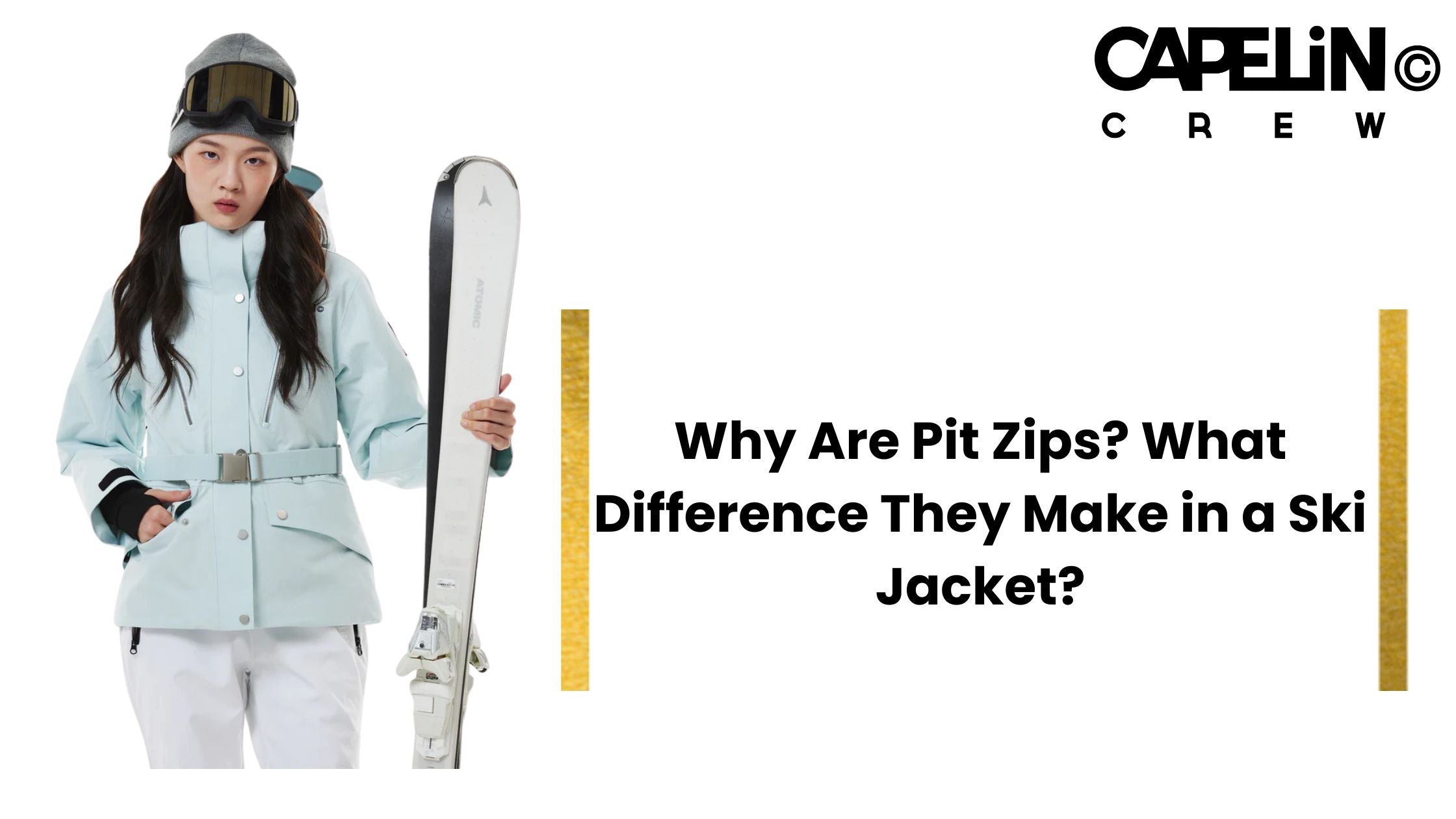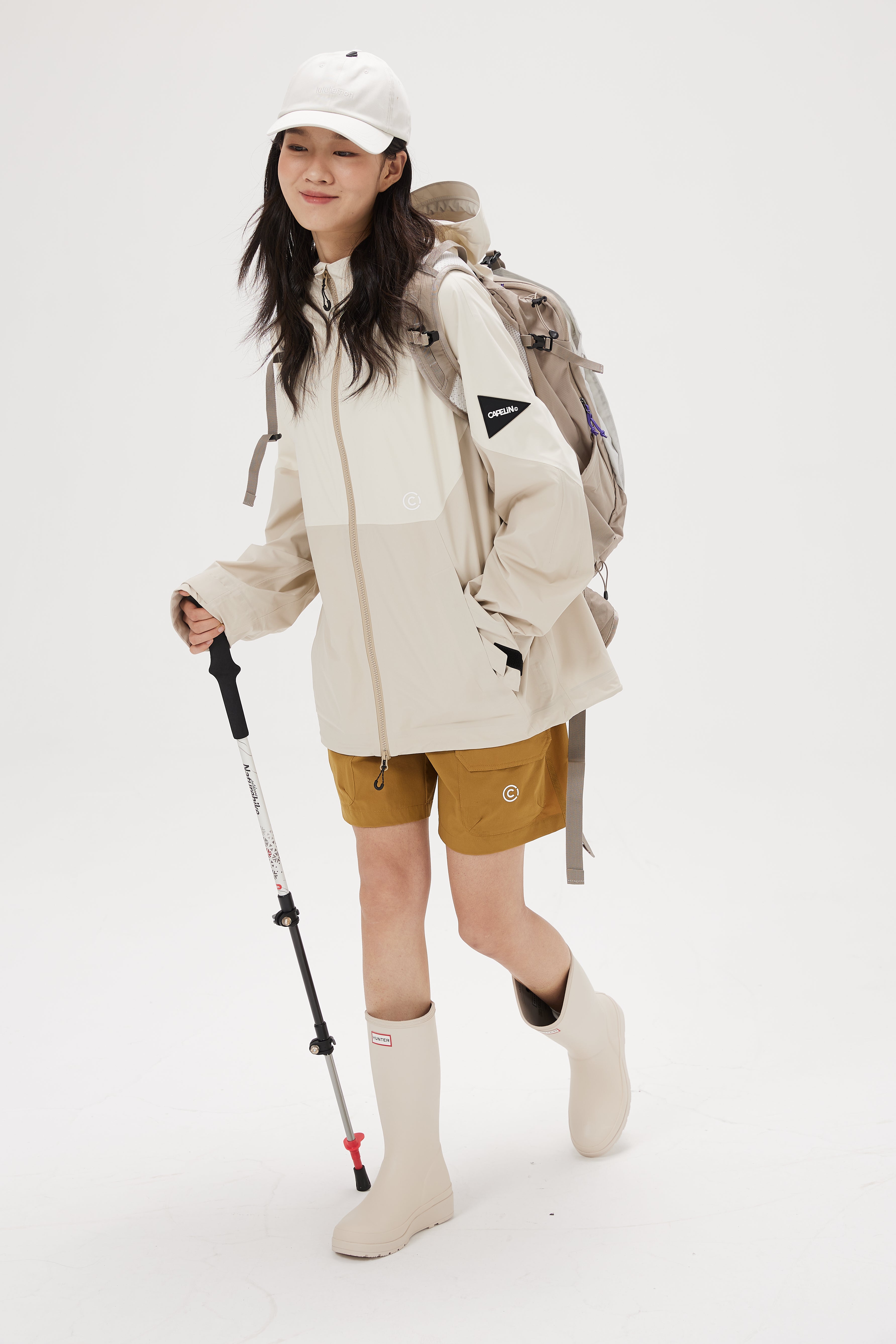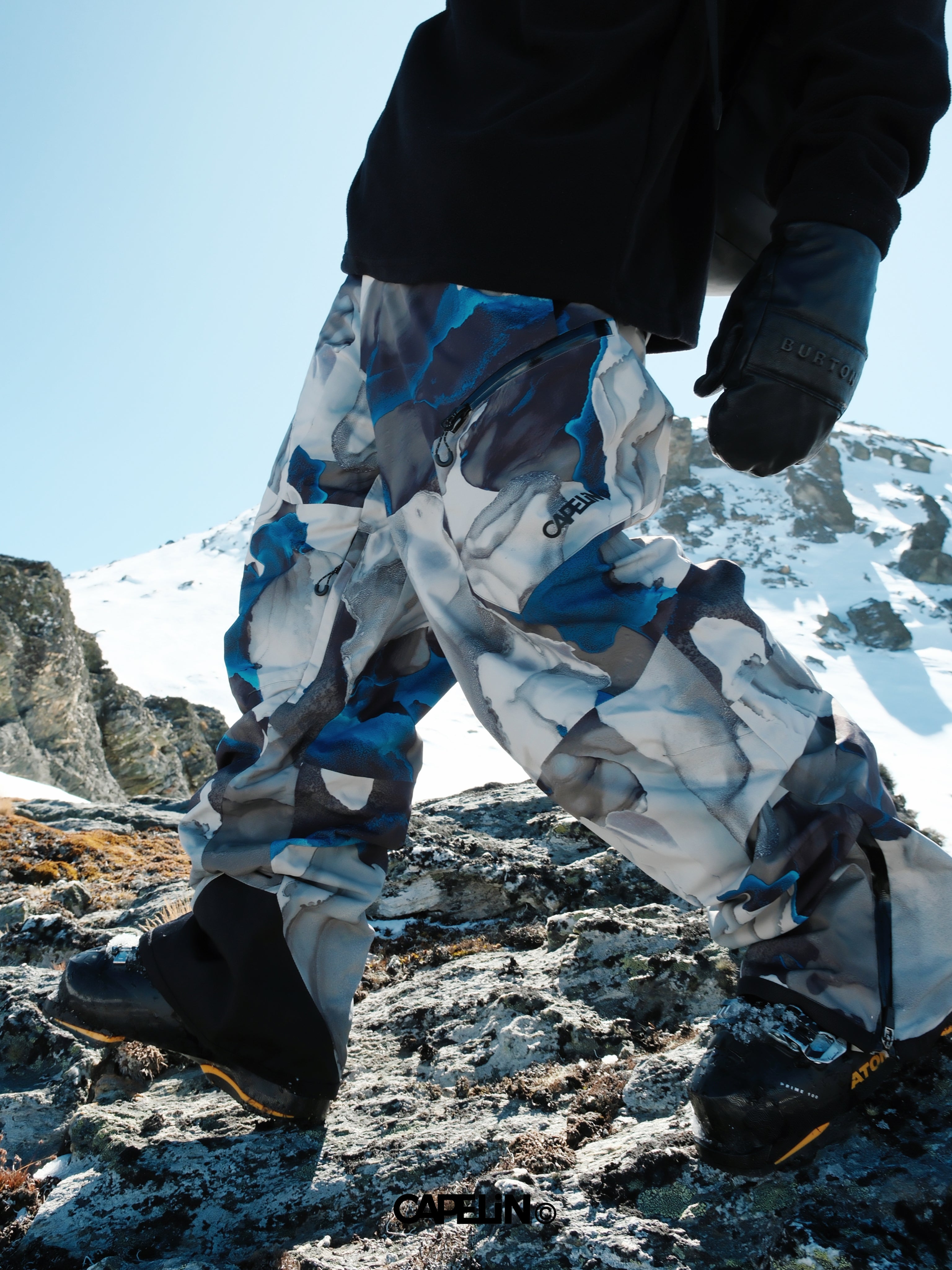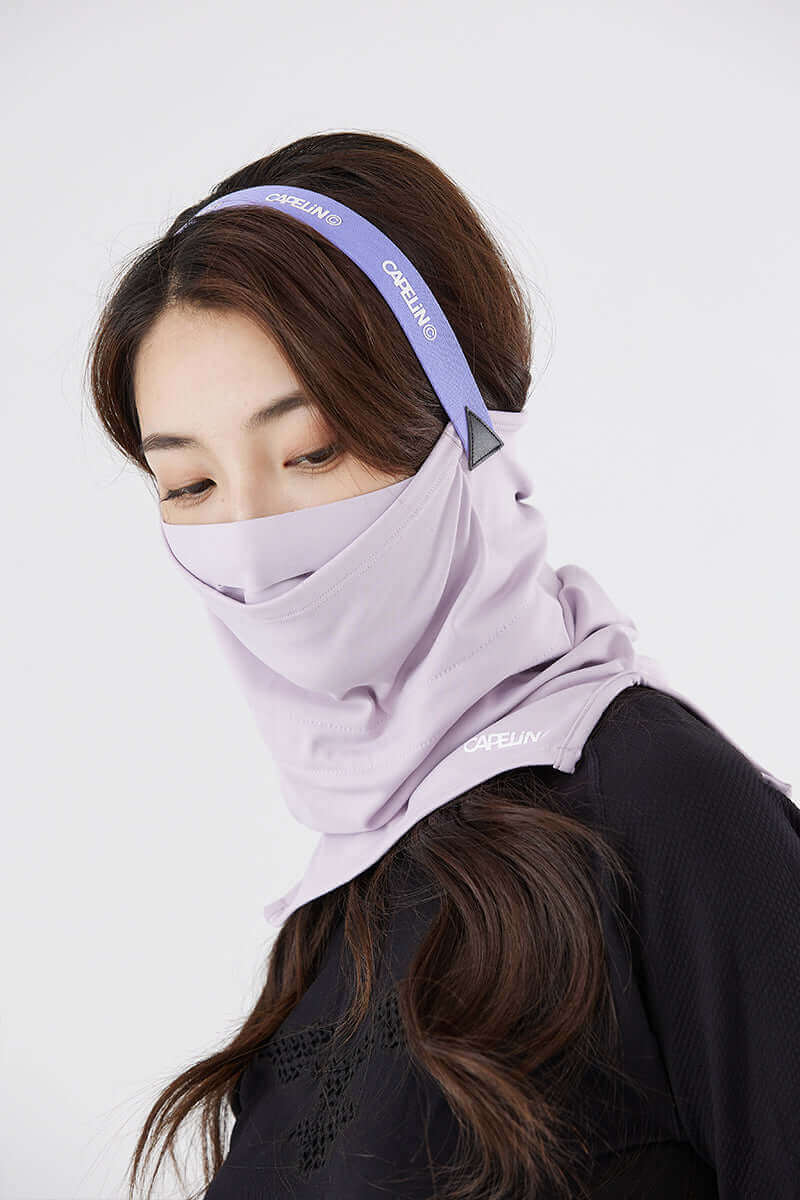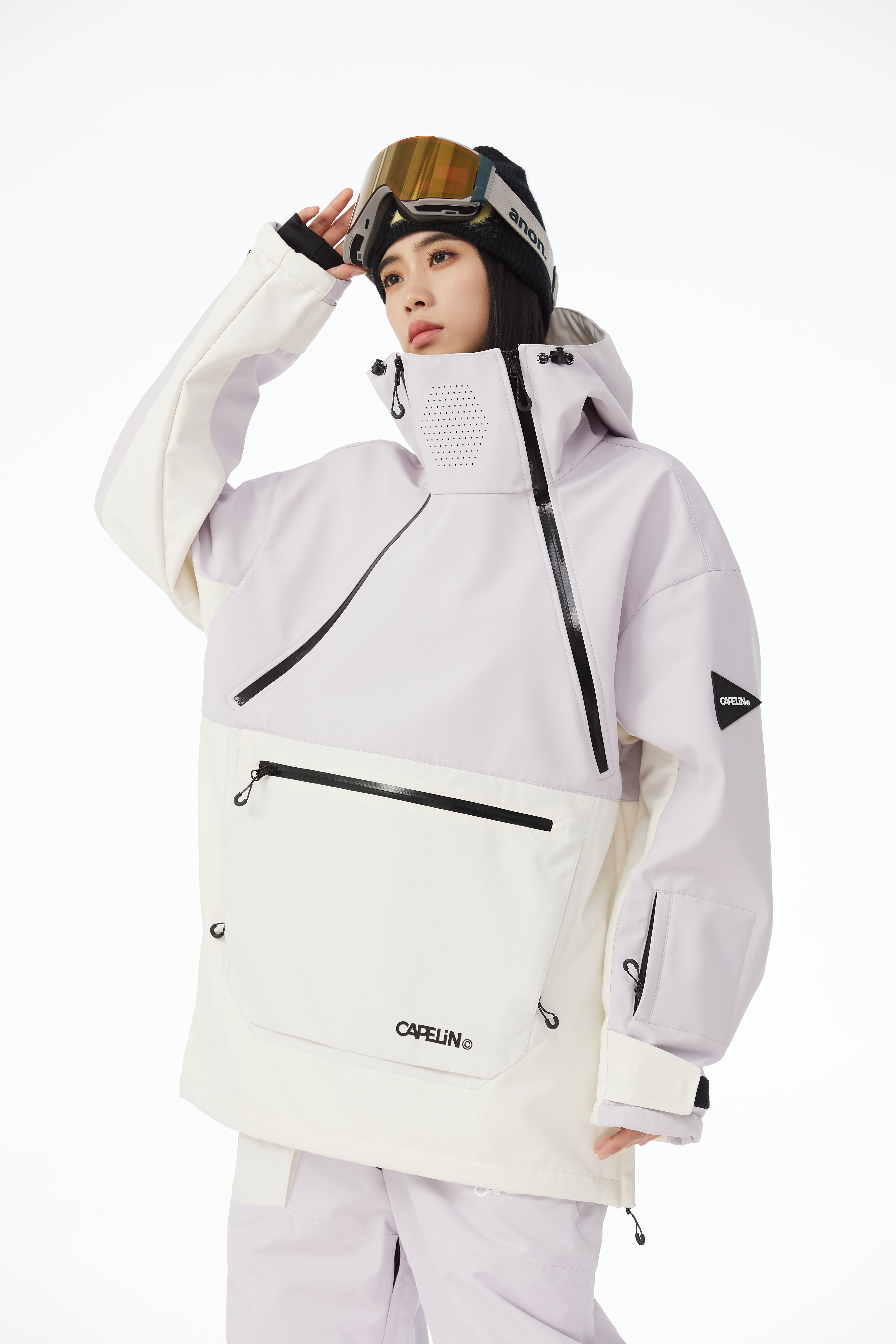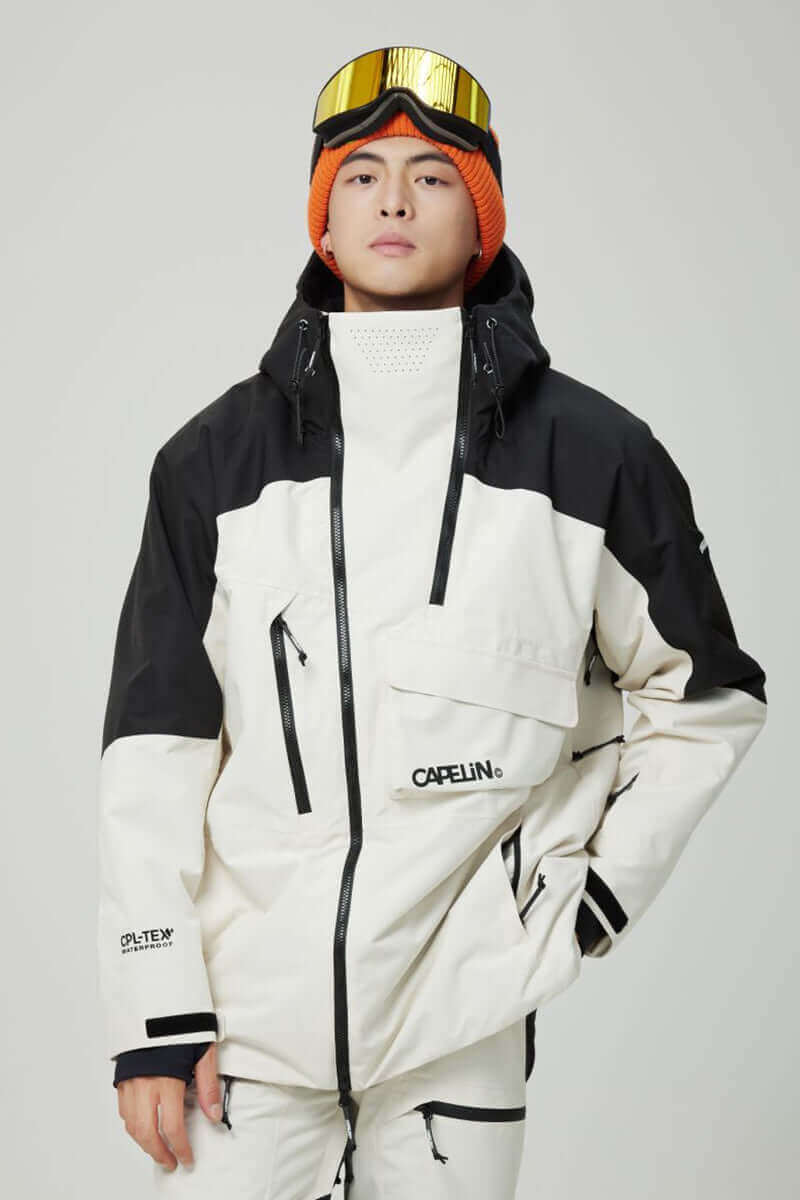圍繞滑雪板使用頭盔使用的辯論不僅與合規性有關。這是關於了解安全體驗的安全價值。戴頭盔可以顯著降低頭部受傷的風險,使其成為各級滑雪者的重要設備。
本文從安全益處和法律要求到個人故事和選擇正確的頭盔中研究了頭盔使用的各個方面。
安全性在滑雪板中的重要性
滑雪板具有固有的風險,這些風險無法忽視。其中,由於長期對個人的健康和福祉產生了長期影響,頭部和脊柱受傷引起了重大關注。
眾所周知,單板滑雪的性質涉及高速,空中演習和不可預測的地形,從而增加了跌倒和碰撞的可能性。這些事件可能導致嚴重的傷害,由於腦震盪或更嚴重的腦損傷,頭部創傷尤其令人擔憂。
認識到這些風險,滑雪板社區已經朝著優先確保安全方向進行了積極的轉變。近年來,最引人注目的趨勢之一是,在滑雪者和滑雪者中,頭盔的採用越來越多。
幸運的是,這一變化反映了頭盔在降低頭部受傷風險中所扮演的關鍵作用的認識。頭盔旨在吸收衝擊力並分發打擊的力量,從而大大降低了在秋天或碰撞期間嚴重的頭部受傷的機會。
使用頭盔的趨勢不僅是個人選擇的結果;它還受教育運動,頭盔設計和舒適性的改進以及有時在滑雪勝地的法律要求的影響。隨著越來越多的單板滑雪者意識到戴頭盔的好處,小雪周圍的文化不斷發展。曾經被視為可選甚至不合時宜的東西已成為單板滑雪裝備的標準部分,類似於滑雪板和綁定本身。
滑雪者中頭盔的感知
儘管有些騎手一直將安全性優先考慮,但其他騎手則將頭盔視為可選的,甚至是對自己的風格或舒適感的障礙。但是,對頭盔的看法正在發生變化,尤其是鑑於備受矚目的事故突出了這項運動所涉及的風險。這些事件已成為即使是最有經驗的滑雪者的脆弱性,也引起了人們的注意。
戴頭盔時感覺更安全的心理方面在接受中也發揮了重要作用。戴頭盔的滑雪者通常會報告更大的安全感,這可以增強他們在斜坡上的整體體驗。這種安全感不僅是心理上的。它得到的證據表明,頭盔確實可以降低頭部受傷的風險。
使用頭盔的法律要求
頭盔法律因州和國家而異,有些地區的要求比其他地區更嚴格。在某些地區,對於滑雪勝地的兒童和員工來說,使用頭盔是必不可少的。
例如,意大利,克羅地亞,斯洛文尼亞,波蘭和奧地利的法律要求為某些年齡的兒童提供頭盔,並對不遵守規定罰款。在某些情況下,成年人並不需要戴頭盔,但強烈建議您戴頭盔,保險單可能需要全部覆蓋。
德國,法國和瑞士等國家 /地區的滑雪學校也可能要求頭盔,特別是對於兒童。這些法律要求反映了對使用頭盔在防止斜坡上受傷的重要性的認識。
頭盔在防止受傷方面的有效性
頭盔在減少滑雪者和滑雪者頭部受傷方面的有效性已成為冬季體育社區中廣泛的研究和討論的主題。
研究一直表明,頭盔可以顯著降低頭部受傷的風險。對證據的全面審查強調,頭盔將任何頭部受傷的風險降低了29%,甚至更有效地降低了需要通過救護車撤離的頭部受傷的風險。這些數據強調了頭盔在增強斜坡上的安全性方面的關鍵作用。
但是,重要的是要承認頭盔的局限性,尤其是在防止腦震蕩的能力上,尤其是在高速下。
雖然頭盔旨在吸收撞擊並減少傳播到頭骨的力,但它們在防止大腦在頭骨內移動的有效性較小,這是引起腦震蕩的常見原因。這種限制不會降低頭盔的總體價值,但強調了頭盔技術和設計持續進步的需求。
頭盔類型和安全標準
在選擇滑雪板的頭盔時,必須了解可用的不同類型及其遇到的安全標準。頭盔可以分為三種主要類型:內部,硬殼和混合動力。當他們將外殼和令人震驚的襯裡整合到一件件時,以其輕巧的設計而聞名。
另一方面,硬殼頭盔具有粘在內襯裡的單獨的硬外殼,提供耐用性和防止鋒利物體的保護。混合頭盔結合了兩者的好處,提供了輕巧的舒適度和強大的保護。
滑雪頭盔的安全標準,例如ASTM F2040,SNELL RS-98和EN1077,可確保頭盔符合特定的撞擊保護,覆蓋範圍和保留系統強度的標準。
- ASTM F2040在美國是非運動的休閒雪運動頭盔的常見標準,重點是影響保護和頭盔穩定性。
- EN1077是歐洲標準,將頭盔分為A類(覆蓋頭部的頂部,後部和側面,包括耳朵)和B級(覆蓋頂部和後部),每個人都有自己的一系列要求吸收衝擊,滲透率阻力和視野。
如何選擇合適的頭盔
選擇滑雪板的右盔對於確保斜坡上的安全性和舒適性至關重要。選擇頭盔時,請考慮擬合,舒適和安全功能等因素。
- 它應該牢固地安裝在您的頭上,前面位於眉毛上方,下巴帶牢固地固定。
- 確保頭盔襯里和頭部之間沒有縫隙,並且頭盔的背面不會壓在脖子上。用護目鏡嘗試頭盔也可以幫助確保適當的貼合性。
- 選擇頭盔時的一個重要考慮因素是包括MIP(多向影響保護系統)技術。
- 配備MIP的頭盔在傾斜撞擊期間為大腦的旋轉力提供了更多保護。
- MIPS系統允許頭盔相對於頭部滑動,從而減少傳播到大腦的能量並降低受傷的風險。
結論
滑雪時戴頭盔不僅是個人決定;這是確保您在斜坡上的安全和福祉的關鍵一步。事實證明,頭盔可大大降低頭部受傷的風險,使其成為各級滑雪者的必不可少的防護裝備。
通過考慮擬合,舒適性,諸如MIPS技術之類的安全功能以及遵守安全標準等因素,您可以選擇用於滑雪板的最佳頭盔。


